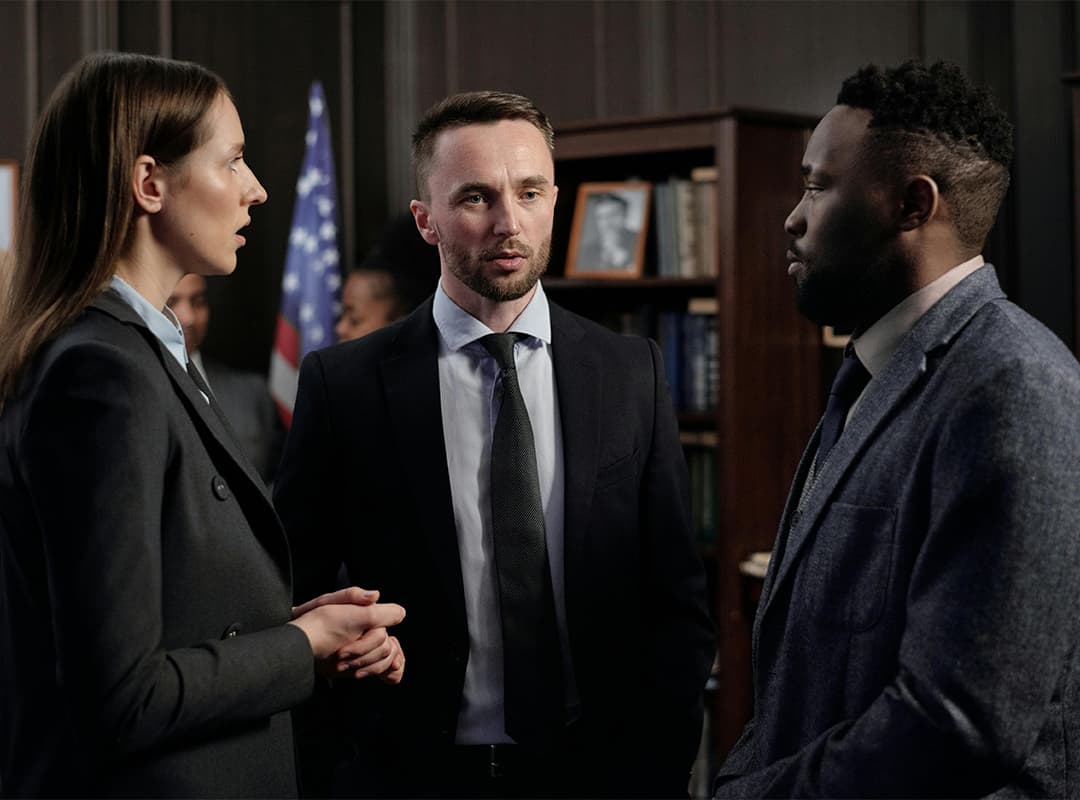Without a doubt, Texas is the strongest Republican state in the country. The people of Texas have entrusted Republicans with the leadership of every elected office in the state and a majority in the state senate, state house and state board of education. Republicans now hold majorities in 107 Texas counties, home to nearly two-thirds of the state’s population. And the 43rd President of the United States was George W. Bush from Texas.
But things have not always been so good for Texas Republicans. For more than a hundred years, the Republican Party was not a viable force in Texas politics. We were the second party in a one-party state. During that time, the GOP failed to win a single statewide race and controlled only a handful of seats in the Legislature.
Foundations
To understand how the Republican Party of Texas got from point A to point B, you need to understand the history of Texas and its citizens. Unlike the original 13 colonies, Texas was never a British colony. While many nations have attempted to subjugate Texas at various times, none have been able to hold sway over the independent men and women of the state for long. Through constant invasions by foreign armies and the daily trials of life in the Wild West, Texas was forced to develop a free spirit, pride in self-sufficiency, and a work ethic that is still unmatched. Without these characteristics, Texas could not have survived.
The first Texans lived, loved, and died solely on their own, not relying on the government to meet their needs. Much like today’s Texans, the early settlers believed in families, churches, and neighbors, not bureaucracy. This sense of self-respect and self-reliance is still the envy of the world.
The modern Republican Party was founded in 1854 by a group of abolitionists in the Midwest who opposed the Kansas and Nebraska bill, which allowed the choice of slavery in the new territories of Kansas and Nebraska. Texas, which became a state in 1845, was at the center of a heated debate over slavery. Most of the state’s leaders were Democrats before the Civil War, and therefore supported the pro-slavery Confederacy. But President Abraham Lincoln, the first Republican president, gained the support of Texas Republicans and several prominent state leaders, such as Sam Houston, the first governor of Texas. However, most of those who decided to support Lincoln’s decision to defend the Union were forced to leave office, and the Democrats succeeded in reuniting Texas with the Confederacy.
The effects of the Civil War and its aftermath would be felt for more than a century throughout the South, and especially in Texas. For the first two generations, Texas knew only honor, victory, and valor. Although Texans had never lost a battle at home during the Civil War, the Union Army, on the orders of a Republican president, entered the state and occupied the Lone Star State after the Confederacy surrendered. For the first time, Texas would not win. The next four generations of Texans would not forgive the Republican Party.
